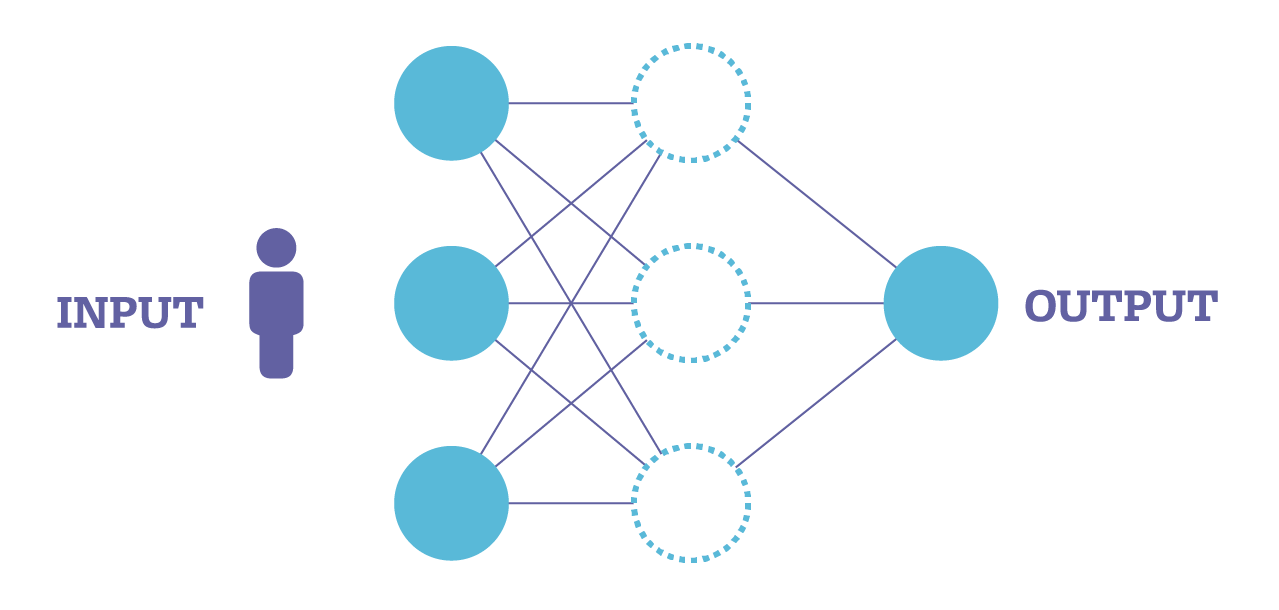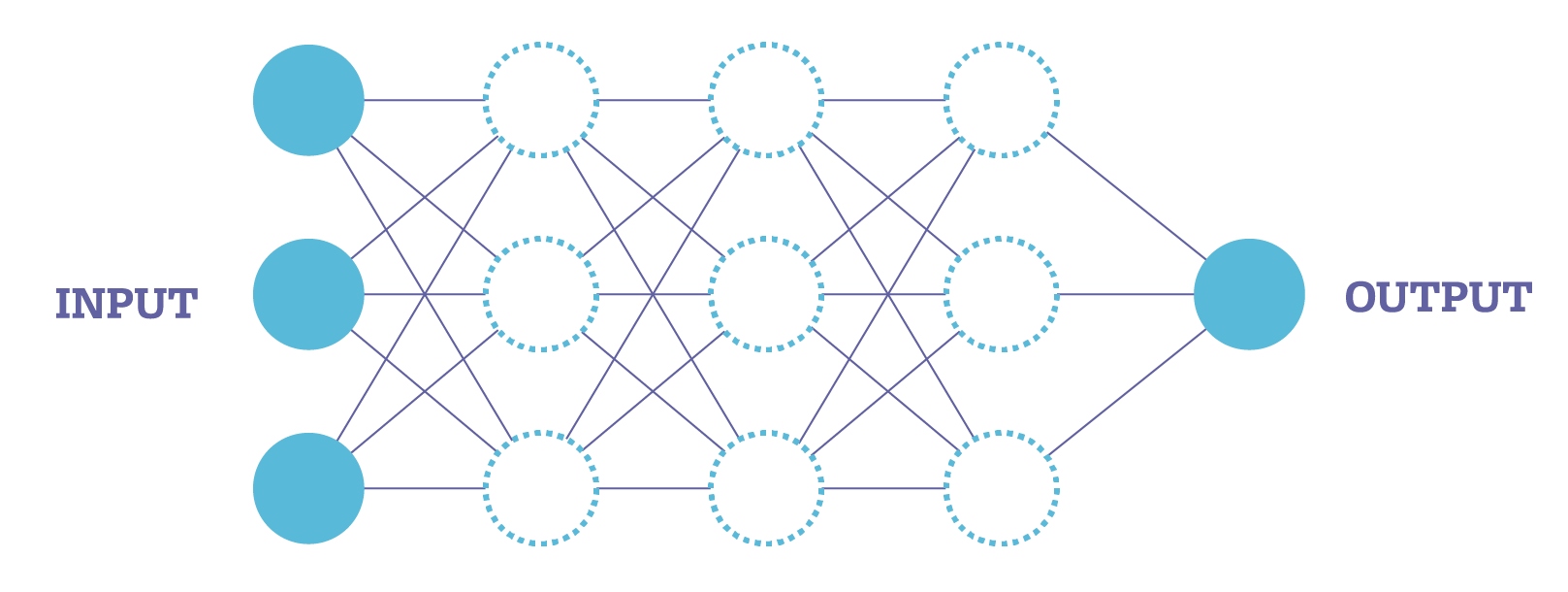AI in Supply Chain
An Overview
Artificial Intelligence and machine learning are widely expected to reshape business. By enabling organizations to automate repetitive tasks and analyze large data sets, AI will power faster, more efficient performance throughout the enterprise — and in nearly every industry.
Supply chain is no exception. In fact, AI has already begun to transform manufacturing, from the way we build our products to the way we source, schedule, manage, and distribute the raw materials that go into them.
You’ll learn
In this article, we’ll review how manufacturers are using AI in supply chain, what the future holds, and what it means for your business.
What is Artificial Intelligence?
The phrase “Artificial Intelligence” refers to a variety of advanced analytical techniques, algorithms, and architectures that enable computers to perform tasks that typically require human intelligence
Machine learning, one of the most mature subdomains of AI, analyzes large data sets to spot patterns and correlations — and uses that information to refine predictions and generate new insights.
Deep learning, by contrast, uses multiple networked layers to refine analyses and extract insights from larger and more complicated data sets.
Of course, computers don’t need to pass the Turing test to generate business value. There are two main ways that AI is currently used in business applications:
- Automating business processes with tools that can, for example, intelligently route purchase orders through large organizations or even answer customer questions
- Analyzing large sets of data to gain superior insight into customer and market behavior
Globally, investment in AI has grown enormously in the past few years, making it difficult to distinguish promising opportunities from overhyped applications. As the field matures, however, its innovations have become increasingly accessible to both large and small companies.
Machine Learning

Simple Neural Network
Deep Learning

Deep Neural Network
How can AI be used in supply chain?
Today’s supply chains are more challenging than ever to manage. Market volatility confounds efforts to boost supply chain efficiency, while complexity makes it difficult to see, let alone optimize, manufacturing and material flows. So it’s not surprising that executives have begun looking to AI — which excels at large-scale data analysis — for answers.
AI can be used in supply chain in a number of different ways.
Forecasting Algorithms
Demand forecasting algorithms incorporate internal and market data to predict demand across product segments and geographies.
Digital Twins
So-called “digital twins” use supply chain data to help executives model, understand, and optimize different variables and technical constraints — and make sure the organization can adapt to all futures.
Inventory management
Inventory management algorithms monitor real-time supply, demand, and stock level information to identify shortages and optimize fulfillment across channels.
Many of these applications still require heavy investment and large-scale business transformations to succeed. Perhaps that’s why only 17% of the supply chain executives surveyed by the 2021 MHI Annual Industry Report said they were actively using AI. Another 45% predicted the technology would be in use in the next five years.
However, Integrated Business Planning suites like Intuiflow make AI more accessible by incorporating it into solutions that are already driven by proven supply chain methodologies. As we’ll discuss in the next section, this combination of methodological power and analytics-driven insights has fueled results in materials planning, distribution planning, lifecycle management, and more.
AI in supply chain planning
Connecting supply with demand is the holy grail of supply chain planning, enabling organizations to streamline operations and respond to sudden changes and disruptions.
AI-powered demand forecasting — which uses AI to analyze larger and more diverse data sets — has gained rapid ground in the industry, promising more accurate predictions of what customers will actually buy.
In fact, according to Gartner, it’s the most widely used application for AI in supply chain planning, deployed by 45% of global companies. McKinsey expects AI-powered forecasting to reduce errors by 30 to 50%.
Turning that promise into reality, however, isn’t always straightforward. A predictive algorithm is only as effective as its inputs, and reaching the full potential of AI-powered forecasting demands an enormous amount of data, from marketing and promotions to contextual information about geopolitical events and even the weather.
And, as Demand Planner Daniel Fitzpatrick has pointed out, algorithms don’t execute: “An accurate forecast that correctly anticipates future demand will be worthless if the product can’t be produced and shipped in time to meet the demand.”
More accessible are tools that enable companies to gain better, faster, clearer insights into demand patterns. AI improves supply chain planning by strengthening the connection between supply and demand and leveraging larger data sets to:
- Identify patterns in demand across a broad portfolio of items
- Better understand dependencies across large, global supply chain networks
- Intelligently group items according to shared characteristics
- Identify opportunities to compress planning horizons
- Alert planners to emerging threats and opportunities
Coupled with Demand Driven supply chain planning techniques, AI can help companies cut through the noise and pace materials to market demand more quickly, accurately, and reliably than ever before.
Can AI put supply chain planning on auto-pilot?
Learn how the technology enhances visibility and improves decisions.
AI in supply chain management
From demand spikes to production delays and transportation blockages, supply chain disruptions have always been part of the landscape. In a post-pandemic world, they’ll be even more challenging to manage. That’s why so many companies are focused on boosting operational agility and responsiveness — something that ought to be easier with access to more information and better analytical insights.
AI, with its ability to see patterns and uncover inefficiencies, is well positioned to supply those insights, helping organizations:
- Harness data across systems and sources to boost visibility and understand performance
- Refine operations by continuously capturing information about trends in inventory, operating costs, lead times, service levels, and more
- Improve operational stability by simulating a range of events and assessing their ability to respond
Other applications for AI in supply chain management are on the logistics side: transit route optimization and the automation of back-end processes like scheduling, reporting, and document processing.
No wonder the Association for Supply Chain Management (ASCM) named AI among the 10 supply chain trends to watch in 2022. McKinsey estimates that early adopters of AI in supply chain have leveraged their enhanced analytical capabilities to improve logistics costs by 15%, inventory levels by 35%, and service levels by 65%.
Of course, the consulting firm also suggests that more than 60% of AI related supply chain projects were late or over-budget.
The limitations of AI in supply chain
AI is neither magic pill nor mystical black box, and the first step in successful deployments is to understand how its strengths and limitations align with your specific business needs. Automation and AI are often assumed to go hand in hand — and AI can indeed automate simple supply chain tasks by, for example, enabling you put to the replenishment of certain items on auto-pilot.
For higher-level decisions about supply chain strategy and business process improvement, human intelligence and oversight are still required. That’s true, too, of many tactical and even operational decisions: AI helps uncover hidden patterns and analyze exceptions, and gives clues on what to adjust, but it must be accompanied by human judgment.
Other limitations of AI in supply chain include:
- Machine learning algorithms are only effective if they are trained on clean, relevant data sets.
- The technology is subject to a phenomenon that researchers call overtrust — when cognitive biases prompt people to trust AI more than they should.
- AI-generated insights aren’t enough to overcome subpar business processes.
And the factors that influence the success of any large-scale business transformation are also relevant to AI in supply chain, from defining clear goals and strategies to investing in change management and ensuring that employee incentives are aligned with the new system.
Getting started with AI in supply chain
Understanding what’s possible is the first step to deploying any new supply chain technology. After that, it’s time to take a clear look at your supply chain capabilities, goals, and strategies.
Today’s supply chains are complex, global networks of suppliers, subcontractors, distributors, retailers, and customers. By powering fast, thorough, efficient analysis, AI has the potential to revolutionize our ability to respond to disruptions in these networks.
In a crowded landscape, however, companies must look solutions that deliver real value — that bring teams the tools they need to understand priorities and align around opportunities for improvement.


